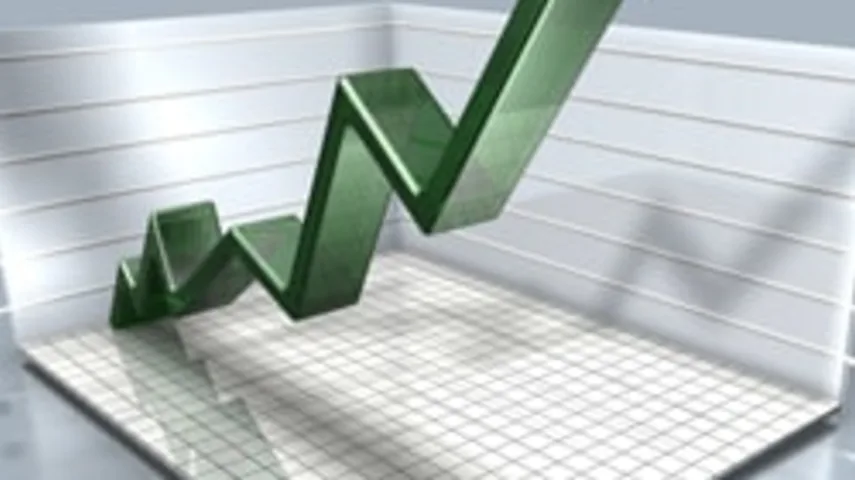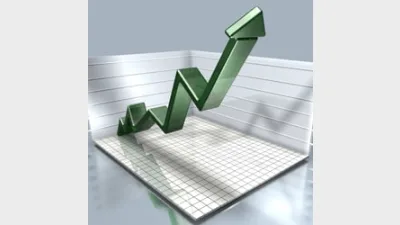Why India's growth story will be different



India’s industrialisation of the past 15 years is a compelling story that has drawn inevitable comparisons with China, but there are several risks to watch for, writes Chris Watling.
Distinct moments in time define countries. For India, there have been two key moments in history in recent decades.
First, there was the collapse of the Berlin Wall in November 1989 marking the failure of the communist model, with which India had been associated, and that model’s subsequent demise across most of the world.
Secondly, there was Dr Manmohan Singh’s reform budget in 1991, in response to the country’s economic crisis.
That budget, by turning India away from its communist economic management of prior decades and towards an opening up of the Indian economy, began the process of liberalising the Indian economy and the reform momentum which has led to economic growth rates which are today close to 10 per cent per annum.
On a purchasing power parity basis, India accounts for 5.1 per cent of world gross domestic product (GDP) – almost as much as Japan.
In nominal GDP terms, in 2009 India was the eleventh largest economy and in 2010 overtook Spain’s economy.
By 2012, its economy will be larger than Canada’s, and by 2015, it will have overtaken Italy.
If Goldman Sachs’ forecasts are right, by 2050 India will be the third largest economy in the world, after China and the US. More importantly, given its rapid growth rate, India’s contribution to global growth is significant.
The question of whether India is able to sustain high economic growth rates and for how long is therefore a critical one for investors.
In many ways, India’s story is similar to China’s – just 10 to 15 years behind, given its reform process started 10 to 15 years later. Like China, India is a populous, yet poor, nation with over a billion people.
Like China, it is an urbanisation story with rapid growth rates driven by a marshalling of previously unmarshalled resources – ie, moving workers from the fields into the cities; educating the population; expanding the infrastructure.
With these changes comes the emergence of the middle class and the release of pent-up demand for housing, cars and other durables, accompanied by financial deepening and increasing access to consumer finance.
The differences are stark
China is industrialising under an autocratic regime where property rights and individual civil liberties are not respected.
As such, clearing land to make way for new infrastructure is easy.
Shifting millions of workers thousands of miles is considered normal (witness the tens of millions Chinese migrant workers) while the decision as to where to build new roads, railways and airports doesn’t require extensive consultation and is therefore a relatively quick process. Indeed, almost all newly industrialised Asian economies industrialised under some form of autocracy.
“It is startling that nearly all of the economies that experienced the Miracle (ie, rapid industrialisation) either had dictatorial regimes (South Korea, Taiwan, China, Indonesia), periods of military rule (Thailand), or systems with limited freedoms dominated by one political movement (Singapore, Malaysia).
"Even Japan was a kind of one-party state. Though the country holds free elections, the same party has controlled the government since the mid-1950s (save for a short period in the early 1990s),” writes M Shuman in his 2009 book, The Miracle – The Epic Story of Asia’s Quest for Growth.
In contrast, India is industrialising as a democracy and alongside that, has strong civil liberties and property rights laws. So, while India is in some sense following the Chinese and Asian model, in many ways, its approach is unique.
In short, there are three key risks to India continuing its rapid economic growth.
Fiscal deficit risk
For the past two decades since reform began in 1991, India’s government has consistently spent more each year than it has raised in tax revenues. In other words, its fiscal deficit is high – and has been for two decades.
Government spending has tracked between 23-28 per cent of GDP while tax revenue has been between 16-20 per cent since 1991. As a result, the government’s fiscal deficit (according to IMF data) has tracked between 4-10 per cent of GDP (9.2 per cent in 2010).
To date, India has been able to offset these deficits by selling assets, so government debt to GDP is at broadly similar levels as in the early 1990s at just above 70 per cent. Clearly, however, this policy has a limited shelf life.
It is of some macroeconomic comfort that despite a 9-10 per cent fiscal deficit, India’s current account deficit is only expected to be 3 per cent of GDP this year – that is, most of the government’s fiscal deficit is funded internally.
Given India’s high household savings rate, this is not surprising. Household credit levels are very low, reflecting limited financial deepening to date.
For example, only five per cent of Indian households have mortgages, while total household debt is only 10 per cent of GDP.
Commodity price risk
India is also vulnerable to commodity price (and especially) oil price spikes. India has limited oil production relative to its needs, with just 0.5 per cent of the world’s proven oil reserves.
A decade ago, India imported just over 1.5 million barrels of oil per day (MBPD). By the end of 2010, it was consuming over 3.5 MBPD, but producing just 0.75 MBPD internally. Consequently, India imports just under 3 MBPD, up from 1.5 MBPD a decade ago.
In aggregate, this costs India approximately US$98bn per annum, accounting for the majority of India’s trade deficit. And it creates vulnerability for India to oil price shocks.
Democratic risk
As noted, unlike most of its Asian neighbours, India is a strong democracy. While three to four parties dominate nationwide politics in India, there are thousands of active political parties campaigning and winning power at the different national, state and local levels.
A key risk to India’s continued growth is that we see a change of government away from a reform-minded government to a more left-leaning, non-reform minded party, which could halt or indeed reverse the reform momentum.
Chris Watling is CEO of London-based Longview Economics and a regular speaker at the PortfolioConstruction Forum Conference.
Recommended for you
In this episode of Relative Return Insider, host Keith Ford and AMP chief economist Shane Oliver unpack the RBA’s decision to keep the cash rate on hold in the face of rising inflation and whether the governor’s hawkish tone is a sign of things to come.
In this episode of Relative Return Insider, host Keith Ford and AMP chief economist Shane Oliver discuss the September quarter GDP figures, which show Australia’s economy regaining momentum.
In this new episode of The Manager Mix, host Laura Dew speaks to Haley Devine, head of wealth management at MaxCap Group, to delve into private credit and commercial real estate.
In this new episode of The Manager Mix, host Laura Dew speaks to Benjamin Leung, head of systematic investments at Macquarie Asset Management, to understand the use of systematic investments.








